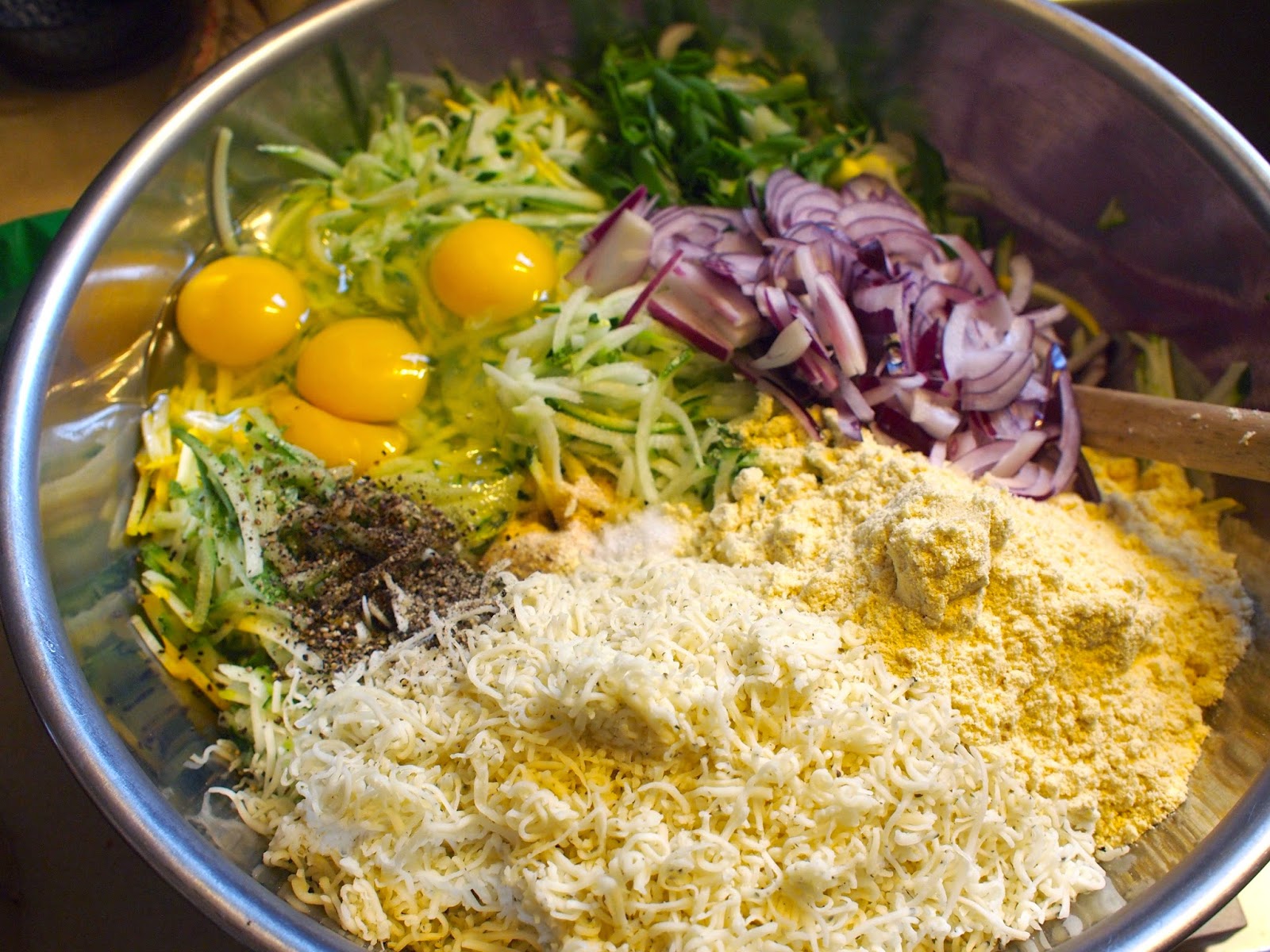A lot of my cooking is inspired by my 4000 mile bike tour through the backroads of Mexico, including this recipe that I improvised. A sope is thick masa corn tortilla that is often topped with black beans, meat, and other veggie toppings. I decided to incorporate as much of my CSA basket as possible into this bastardized version of a sope.
 |
| Just four of the gajillion sopes I made... |
The recipe is pretty simple, just mix together the following ingredients, the proportions aren't exact and the recipe is forgiving:
- 1 massive zucchini, 1 medium sized ronde de nice, and 1 yellow summer squash, all shredded with extra moisture squeezed out (CSA basket ingredient)
- 1 bunch green onions thinly sliced diagonally (CSA basket ingredient)
- 1/2 medium red onion thinly sliced
- 4 large eggs
- 5 large handfuls of masa (I like the "masa amarillo," available locally at Colima market), plus more if squash releases extra liquid over time... it's okay if the mixture is quite moist because the egg and cheese bind the mixture together, it just shouldn't have any liquid floating on top
- 8 oz shredded cheese that melts and browns well (hard cheeses like parmesan are good, I used a pesto monterrey jack)
- 1 tbsp garlic powder (or to taste)
- 2 tsp salt (or to taste)
- 2 tsp ground pepper (or to taste)
 |
| With batches this big, it's hard to estimate how much masa to use... I ended up having to add about two more handfuls! |
Over medium heat in a lightly greased cast iron skillet, drop racket ball sized blobs of the mixture and smoosh a bit with your fingers so it looks like a fat pancake. For those not in the know, racket ball sized blobs is probably equivalent to an eight year old's fist. Maybe. After a few minutes, flip and press out with a spatula. Top with sour cream, a sunny side up egg, yummy leftover cuban ropa vieja (okay, okay, okay, maybe I'm the only one who has yummy leftover venison ropa vieja in my freezer), or just eat with your fingers. These also freeze really well, but make sure to separate pancakes with wax paper, parchment paper, or brown paper.
 |
| The first sope is always ugly and became dinner with some leftover elk cuban ropa vieja on top! |
And not that anyone ever has problems using super awesome green beans from the CSA basket, but I like to do a spicy Asian ginger-soy-sesame refrigerator pickle with mine. Pack a mason jar with cleaned cut green beans, and pour boiling pickling brine over them, let cool, then refrigerate for several days before eating them. I like to just eat them out of the jar.
For the pickling brine:
- 1 cup white vinegar + 1/2 cup water + 1 tbsp sugar OR 1 cup rice wine vinegar + 1/2 cup water
- 2 tbsp soy sauce
- 1 tsp whole black peppercorns
- 4-5 whole crushed garlic cloves
- 1 inch piece of fresh ginger peeled and slivered
- dried red pepper to taste
- 1 tsp sesame oil
- optional: wasabi paste



















